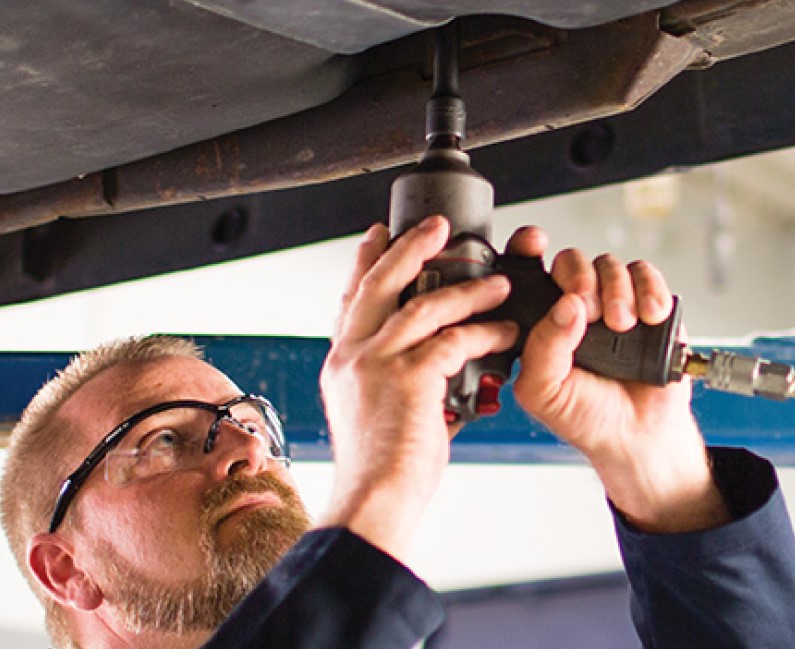(SPONSORED CONTENT)
When customers visit your shop dealing with the usual symptoms of fuel system problems like the engine sputtering, RPMs surging and weak starts, fuel pump failure would seem to be the logical, if not likely culprit.
But what if the fuel pump itself checks out?
You give it a thorough cleaning and pressure test and it seems in fine working order, but the customer soon returns with the same problems. As you know, the fuel pump could still perform adequately enough even as it begins to fail, so this could be a situation where your customer is running stale, contaminated, or otherwise bad fuel. In such a case, here’s what you can help them understand.
Good Fuel Gone Bad
Modern advancements in fuel chemistry, service station maintenance and proper filtration have started to decrease the likelihood of encountering bad or contaminated gasoline, but it does still happen.
Fuel typically goes bad in two ways: from rusty, dirty or damaged storage tanks at the gas station, or fuel going stale from sitting too long.
In the case of the storage tanks, intermittent servicing and filling can cause the tanks to rust (especially as they age), which adds sediment to the fuel. Improper sealing can also allow water, dirt and other debris into the tank, which, if not trapped by the fuel tank filters, customers will pump into their vehicles. Unfortunately, this means they cannot know they’re using contaminated fuel until problems—such fuel pump stress or failure—begin to occur.
Old or stale gas is another issue. Fuel degradation naturally begins soon after its first pumped. But if the fuel sits too long—such as in vehicles that are only driven seasonally or otherwise parked for extended periods—it will go stale. This means the gasoline loses combustibility as oxygen and other elements mix in.
It generally takes anywhere from two to six months for gas to go stale in this way, but the effects can be serious as the fuel pump strains to push oxidized gas with less volatility than what it was designed for. Additionally, if any water droplets are introduced or water vapor develops in the fuel tank, phase separation will occur in the gas which can corrode the fuel pump’s sensors and affect the fuel pressure to the engine.
Options for Customers
To help customers avoid fuel system issues from contaminated or stale gasoline, including premature fuel pump failure and other engine problems, there are a couple key things you can advise them on.
First, help them be mindful of the octane rating and ethanol content in their fuel, and what their engine needs. E10 (10% ethanol) is the most common blend, with E15 and E85 (flex fuel) also available. If the customer’s engine isn’t suited for a certain fuel rating (such as running too high an octane in a standard engine) or running E85 in a non-flex fuel vehicle, it may not burn right, which can strain the fuel pump.
Another important tip for customers is to suggest they use a quality fuel stabilizer, especially if their vehicle sits for long periods of time. This will help guard against phase separation and fuel going stale.
Carter Engineered Quality® fuel pumps are designed to meet or exceed all OE specifications and are engineered for correct operation. Each Carter® fuel pump is 100% factory-tested, and purpose-built to meet the high demands of efficient fuel delivery for today’s advanced engines. Carter® fuel pump assemblies also feature CleanScreen™ technology to trap fine particles and other debris to guard against fuel filter clogging, extending the life and performance of the fuel pump itself.


0 Comments